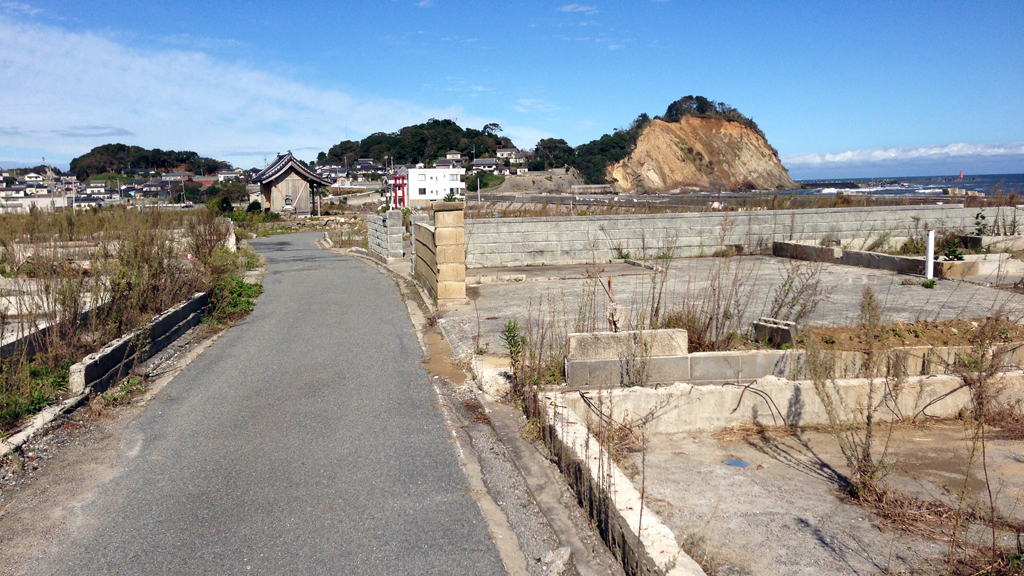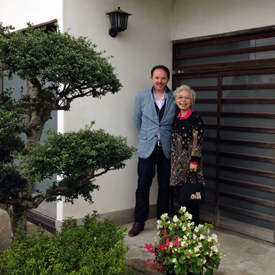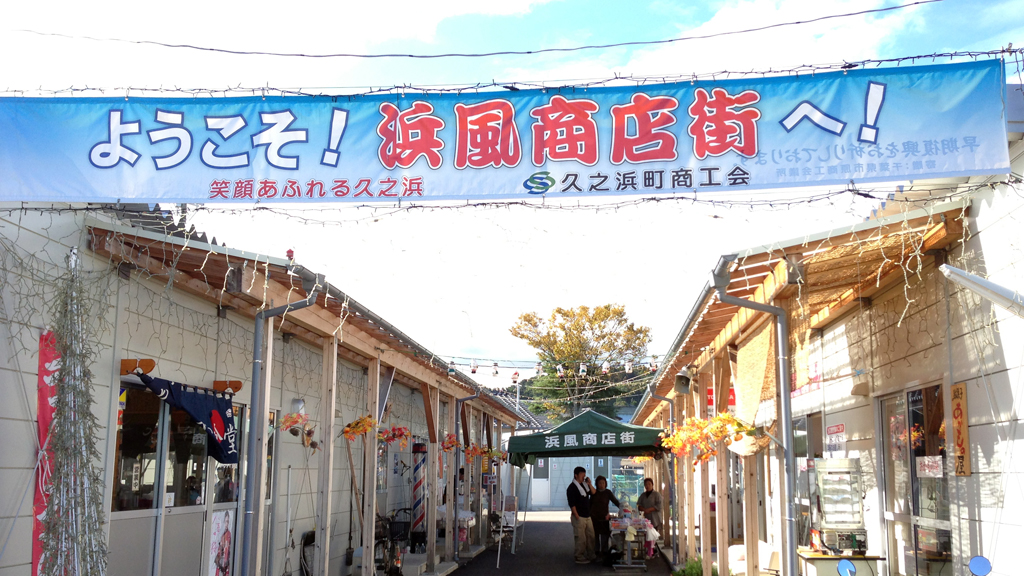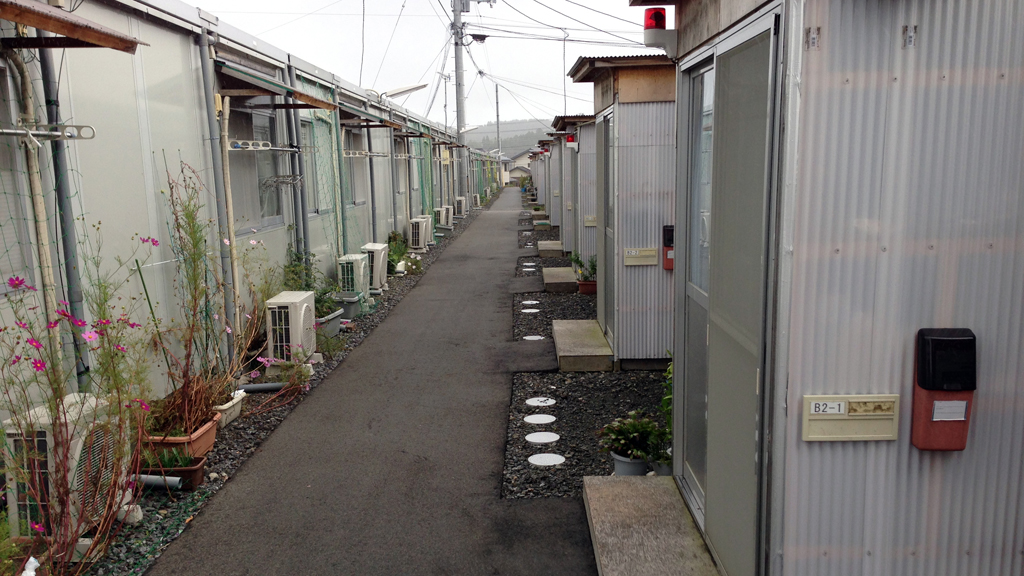Fukushima and Iwaki reconstruction: eyewitness report
British architect Garry Thomas visited Iwaki, near the damaged Fukushima Dai-ichi nuclear plant, recently. He found a place barely reconstructed, and residents losing hope.

During my visit to Iwaki, I stayed with two Japanese families, and got to see how little reconstruction there is, and how 25,000 people in the area have been displaced by tsunami damage or radiation contamination, writes Garry Thomas, a British architect.
The reason I visited the Fukushima area is that I have friends there, and I worked there as a student of architecture 19 years ago.
I worked with a Japanese architect in Iwaki – Yanai San. Whilst there as part of the Japan Home Stay programme, I lived with another architect – Yoshida San, also in Iwaki.
I was motivated to revisit the area to meet my old friends and to see for myself how the area and architects are coping with tsunami damage, earthquake damage and radiation contamination.
I found the situation far from positive and in crisis.
In spite of the huge reconstruction effort I was shocked to find out that there is very little work for architects in the Fukushima area. The situation is bogged down by the slow city planning process, bank funding and lending problems and an economy that is depressed by radiation and young people leaving the area.
The only real economy is services that provide for refugees, and radiation gang workers.
I found the situation far from positive and in crisis.
Yoshida San who used to employ a few people and his son, also an architect, has had to rent out his office space and part of his home to refugees because of a lack of work. He does what little work he has from a desk in his living room. His son has left the area and moved to Sendai to work in a practice with his old university professor.

And Yanai San fears it is the yakuza [mafia] that now controls gangs of workers at the Daichii plant, an allegation which has been made before.
“It is the yakuza and their companies that are controlling the radiation gang workers,” he told me.
“Iwaki people stay at home more now, they fear the refugee population and the gang workers who drink in bars at night – they are too rustic for Iwaki city people.”
I get to meet some of the Iwaki refugee population and discover it is made up of those forced out by official radiation contamination, who receive government payouts; those who are forced out voluntarily from undefined radiation contamination, who receive no funding and have lost everything; and refugees made up of radiation gang workers, who are bussed to Daichii every day.
During my stay at the home of Yoshida San I get to meet Hiroaki San, a 10-year-old boy and his parents – voluntary refugees forced out of their hometown of Hisanohamma by tsunami damage and radiation fear.
Each day Hiroaki San goes to his elementary school by bus. I visit his school to see how the school playground is being used to house a temporary shop and business mall. This pre-fab street contains the businesses and shops that where washed away by the tsunami.

Yoshida San and I eat ramen and talk with the owner of the temporary restaurant. She tells us how her home was destroyed by the tsunami and a massive fire that wiped out what the tsunami did not.
She now lives at her father’s house in a nearby town. I ask when will her new home be built.
“Prices are very expensive…” she trails off. I see in her face that her future is uncertain.
There is very little reconstruction along the Fukushima coastline: a sea wall, a few railway bridges on the East JR railway, but no housing development, no new city development. A local property agent working from Tokyo tells me: “I can’t sell houses, as banks won’t lend in this area.”
Read more from Channel 4 News on the situation around Fukushima
Young people are moving out, there are few decent jobs in reconstruction and they see no future. I get a sense that people want to get back to normal and they are blaming the refugees.
There is talk that graffiti has been sprayed on Iwaki’s city council building saying: “Go home refugees”.
“The people think it but don’t say it,” Yanai San says. She doesn’t celebrate news of the 2020 Olympics. She fears it will cause people to forget the reconstruction of Fukushima.

-
Latest news
-
Laughing Boy: New play tells the tragic tale of Connor Sparrowhawk5m

-
Sewage warning system allows some of worst test results to be left off rating system, analysis shows3m

-
Post Office inquiry: Former CEO didn’t like word “bugs” to refer to faulty IT system4m

-
Israeli soldier speaks out on war in Gaza12m

-
PM’s defence spending boost should be ‘celebrated’, says former Armed Forces Minister4m

-




